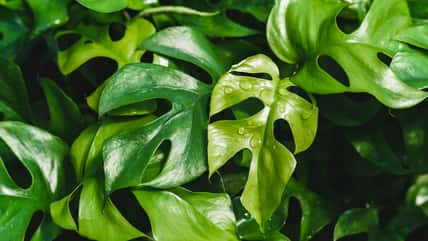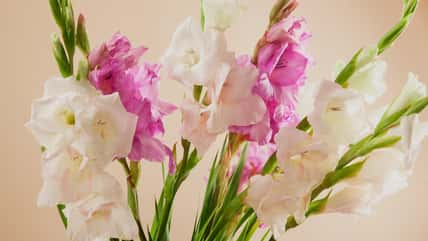The Chia Plant Is Low-Maintenance And Its Seeds Are Packed With Nutritional Value: Here’s How To Grow Your Own

Chia plants are super cute and tiny green sprouts of wonder. I vividly remember the Chia Pets commercial that played constantly on the television, serving as the background noise of my childhood.
As a kid, they were always enticing and seemed so very necessary for the plant to grow. But now, I know you don’t need a gimmicky kit to cultivate chia plants.
Chia plants are native to Central America. They thrive in warm climates, such as the southeastern United States and other suitable zones. They can reach three to five feet tall and several feet wide, so they require plenty of space.
Growing your own chia plant is simple. All you need is a handful of chia seeds—and they can be store-bought, too! In the fall, soak the chia seeds in water to prepare for planting. Allow their gel coatings to absorb as much water as possible.
Then, use a spoon to scoop a couple of seeds onto the surface of a prepared garden bed. Space them about three feet apart.
Cover the seeds with a light layer of soil and water them every day until they sprout. Within five to seven days, you should see them make some significant progress.
Once chia plants are established, they will be very low-maintenance. They also can spread quickly, so try to make sure they don’t take over your garden. If needed, you can control them with common herbicides.
Provide your chia plants with at least eight hours of full sun each day. They can tolerate a variety of soil types, but they absolutely need well-draining soil, or else the roots will rot.
Seedlings and young plants require regular watering, but later, they become drought-tolerant. Let the soil dry in between waterings.

sherjaca – stock.adobe.com – illustrative purposes only
Chia does best in high-humidity environments with temperatures between 70 degrees Fahrenheit and 85 degrees. The plants can survive if temperatures drop to the low 50s, but they do not tolerate the cold very well.
When it comes to growing chia plants indoors in containers, it gets even easier. All they ask for is a sunny windowsill that gives them six hours of direct sunlight daily, a terra-cotta pot with excellent drainage, and commercial potting soil with some sand added to it. You don’t even need to re-pot them. Simply start over each year with fresh seeds and soil.
One reason chia plants are so well-loved is their resilience against disease, a quality that allows them to flourish even in desert regions. If any pests bother them, a mild organic pesticide such as neem oil will do the trick.
Eventually, chia plants produce purple flowers, which are the source of the seeds. You can harvest them for future crops or add them to your drinking water, pudding, jam, and baked goods.
The seeds have a lot of nutritional value. They contain high amounts of protein and all nine amino acids. You can also throw chia sprouts into your salad.
Sign up for Chip Chick’s newsletter and get stories like this delivered to your inbox.
More About:Gardening





